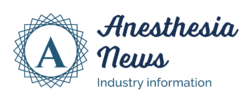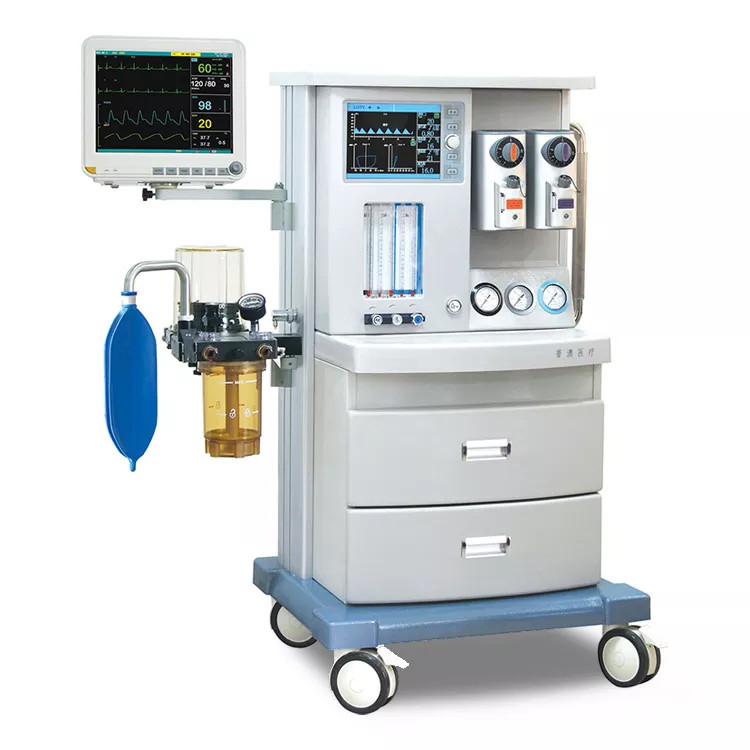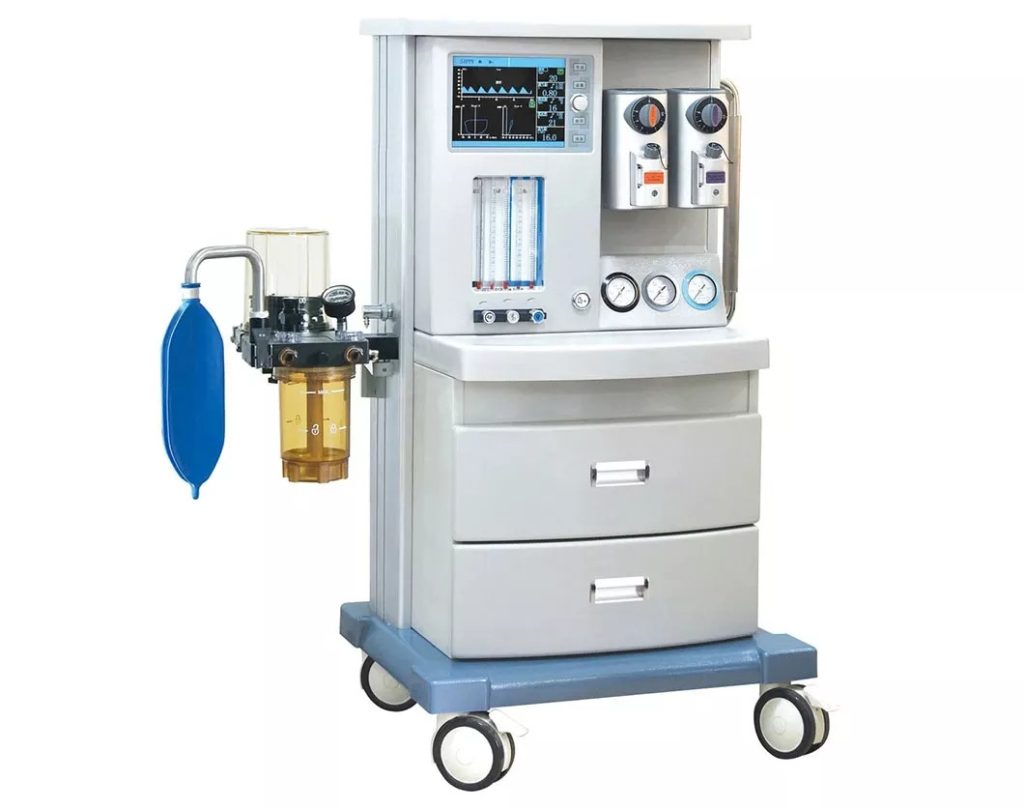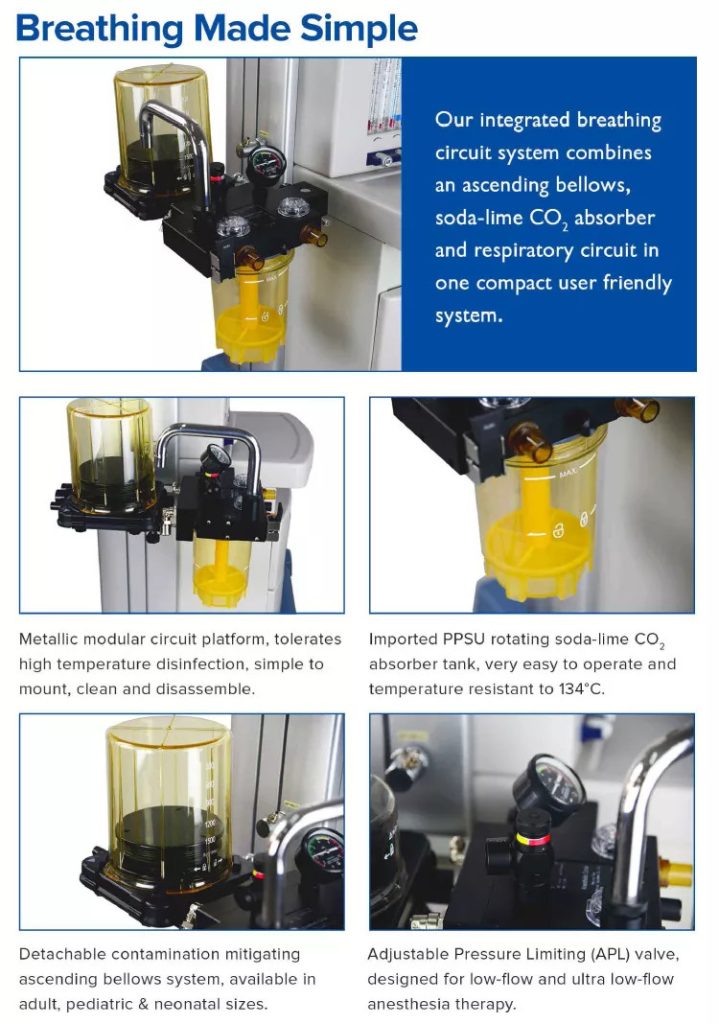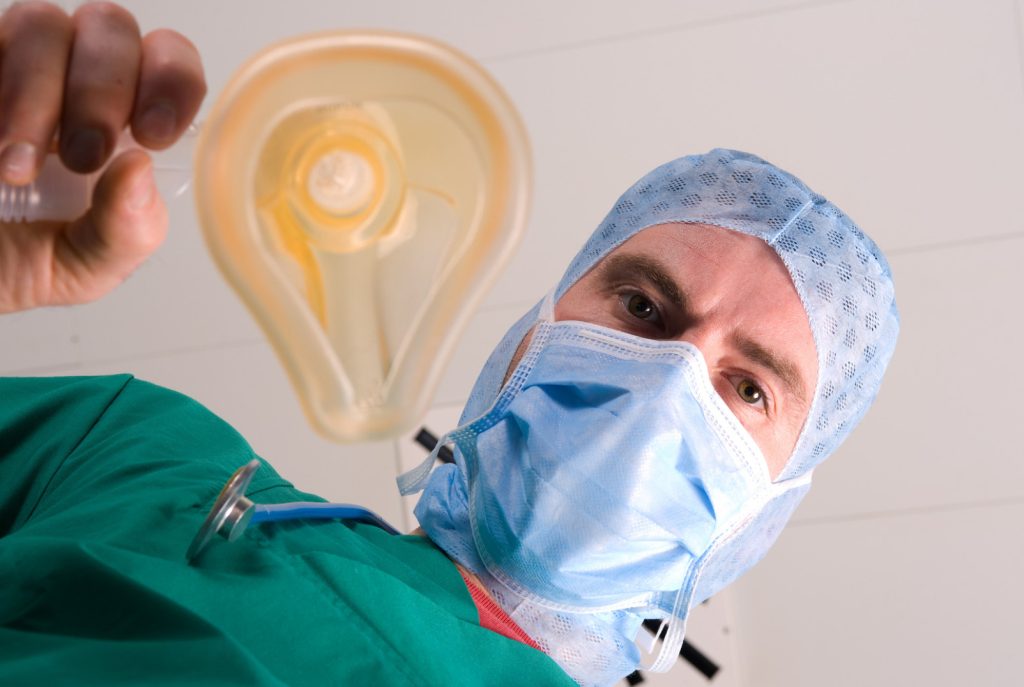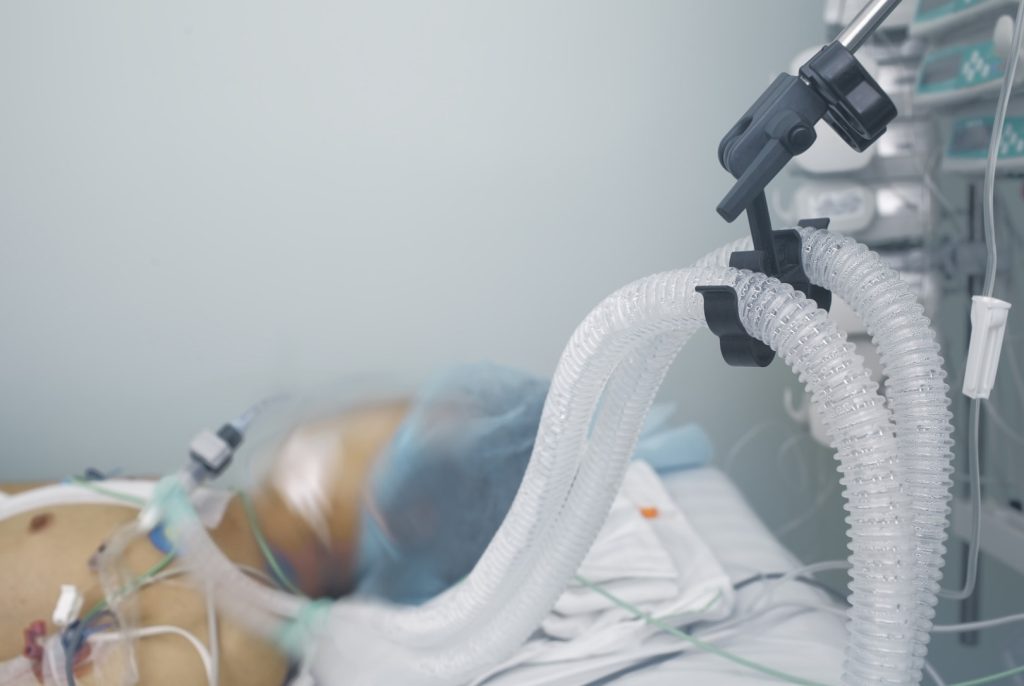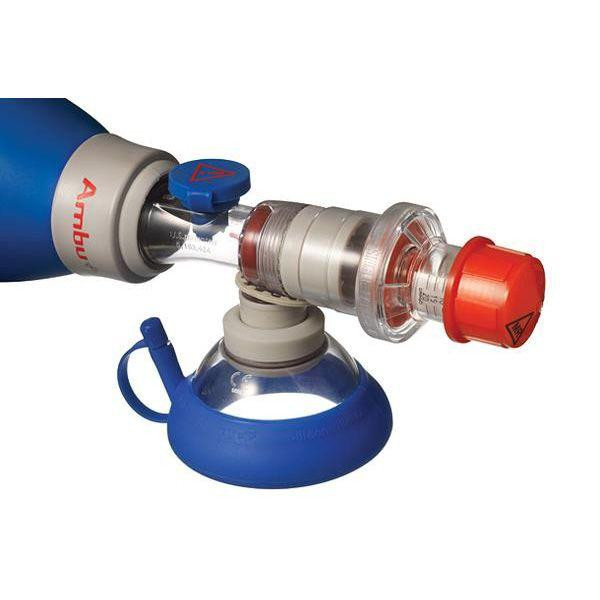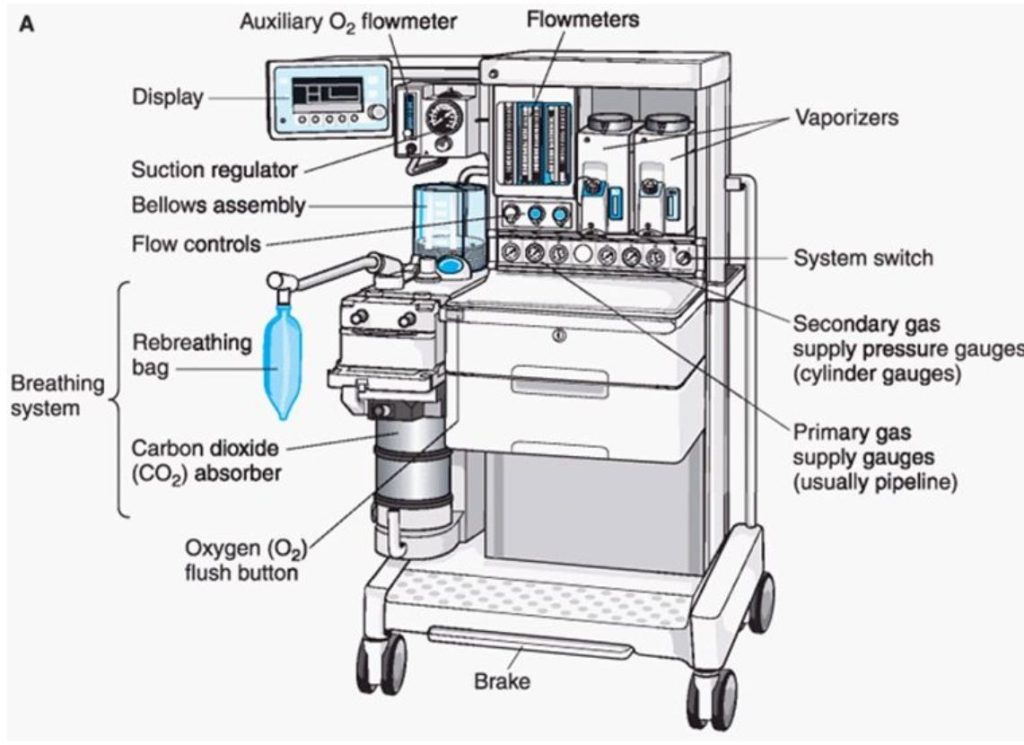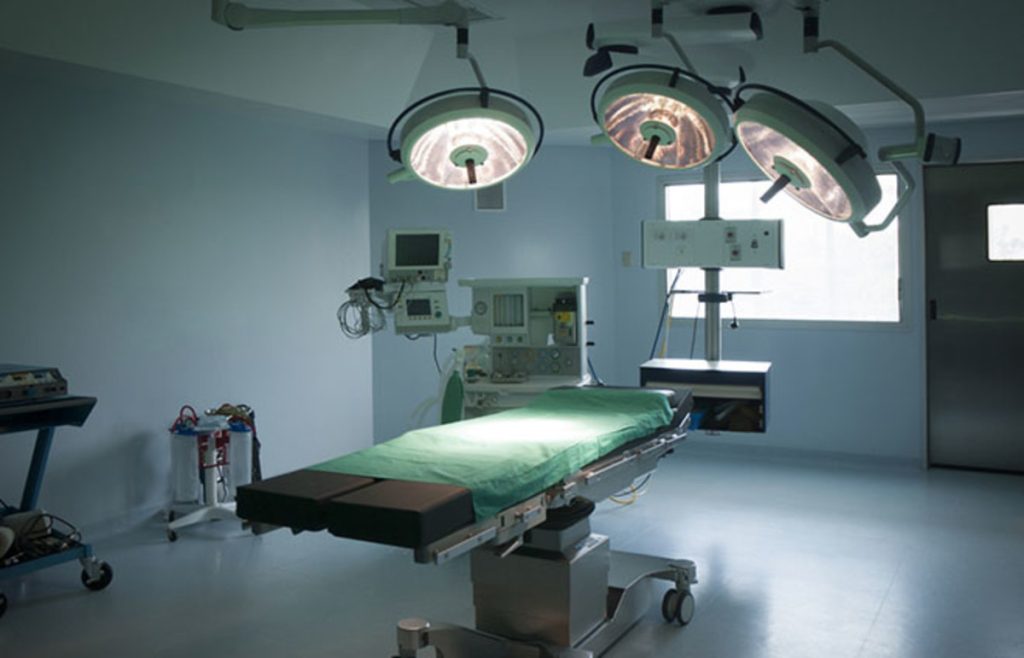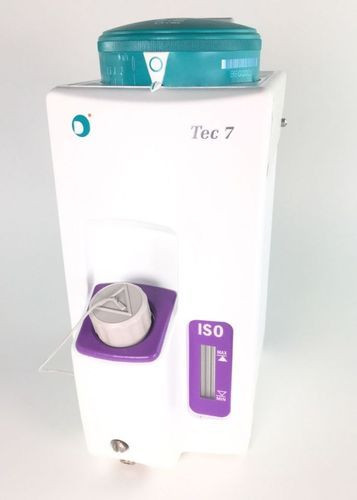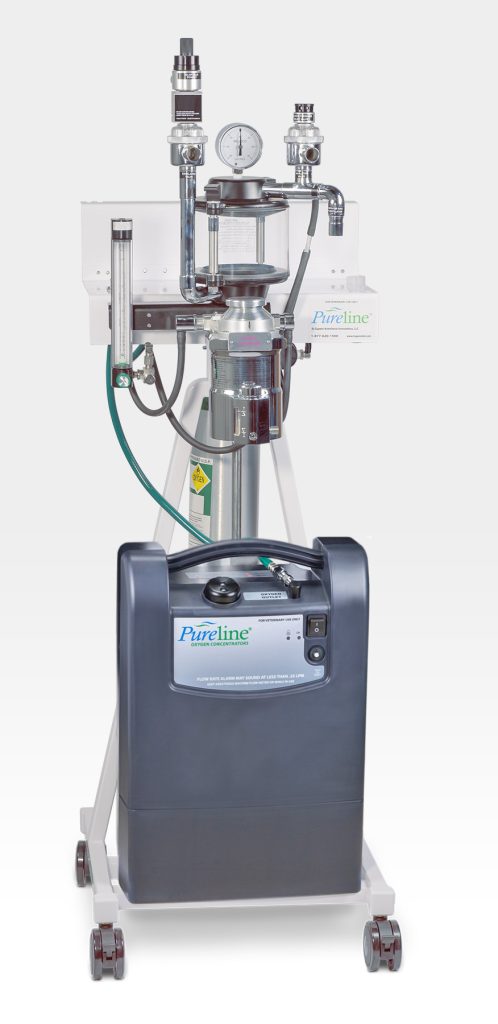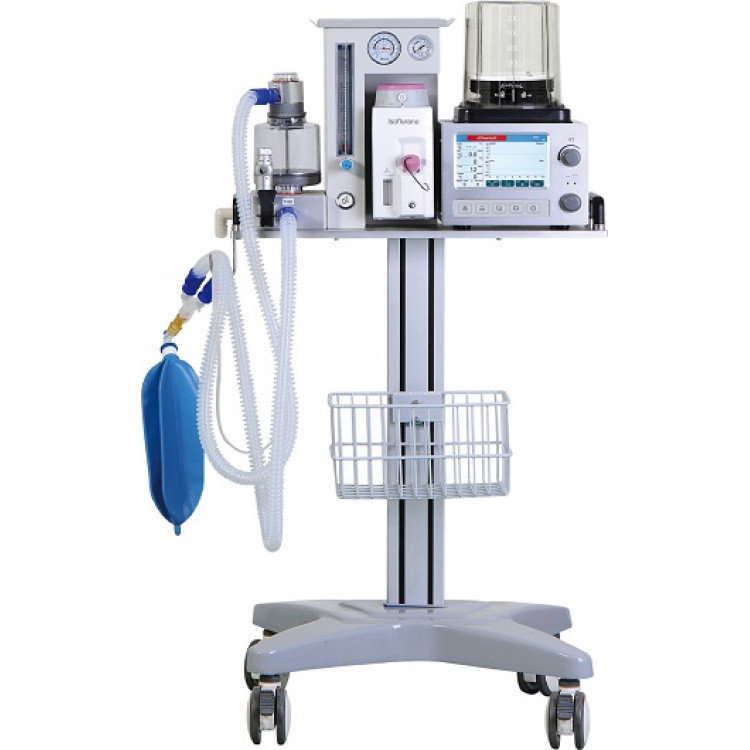What are the anesthesia machines?
Anesthesia machines are devices that help doctors provide anesthesia.
Explanation:
Anesthesia machines are used during surgery to make the patient unconscious. They work by blocking the patient’s sense of pain and making them feel relaxed. This makes it easier for the doctor to perform surgery without causing any pain or discomfort to the patient.
Anesthesia machines come in a variety of different forms, sizes, and prices, but they all have one common goal: to make surgery safer for both the doctor and the patients involved.
There are many types of anesthesia machines available on the market today, each with its own unique features and benefits. If you’re looking to buy an anesthesia machine, it is important to understand what each one can do before making a decision.
How do anesthesia machines work?
Anesthesia machines work by delivering a controlled dose of an anesthesia to the patient.
Explanation:
Anesthesia machines deliver a controlled dose of an anesthesia to the patient so they can undergo surgery or other medical procedures without feeling pain. Anesthetists use anesthesia machines to provide general, regional, and local anesthesia for surgeries and other medical procedures.
The machine delivers the correct amount of medication at the right time, which allows doctors to perform surgical procedures without any pain or discomfort for their patients.
Anesthesiologists typically use three types of anesthesia machines: gas-anesthesia systems, liquid-anesthetic systems, and neuromuscular blocking agents (NMBAs).
Gas-anesthesia systems use gases such as nitrogen and helium to create an unconscious state in patients. Liquid-anesthetic systems use solutions such as alcohols and solvents that dissolve under pressure into water or oil molecules. NMBAs are drugs that block nerve impulses from reaching your muscles, which makes them unable to feel pain or discomfort during surgery or other medical procedures..
What are the different types of anesthesia machines?
There are three types of anesthesia machines: general, regional, and local.
General anesthesia machines are used to put patients into a deep sleep. Regional anesthesia machines are used to numb specific areas of the body. Local anesthesia machines block pain signals from the brain.
What are the features of anesthesia machines?
Anesthesia machines are devices that help doctors provide anesthesia during surgery. They come in different types and sizes, and they have a variety of features.
Explanation:
Anesthesia machines come in different shapes and sizes, with a range of features to suit different needs. Some common features include an operating table, an oxygen supply, delivery systems (such as mask or cannula), heaters, fans, alarms/warning systems, monitors for patient data collection/display, etc.
The type of anesthesia machine that is best for your operation depends on the specific requirements you need to meet. For example, if you’re performing surgery under general anesthesia (where patients are unconscious), then you would need a machine with an operating table and delivery system capable of providing general anesthetic gases through a mask or cannula.
You can find information about the features of various anesthesia machines on the manufacturers’ websites or in user manuals supplied with the equipment.
How to choose the right anesthesia machine?
Choosing the right anesthesia machine is important for both you and your patients.
There are a few factors to consider when choosing an anesthesia machine, including type of surgery, size of room, budget, and preferences.
You can find anesthesia machines that meet your specific needs on eBay or Amazon.
You should also consider the features of the machine before making a purchase.
Anesthesia machines come in different types of formats (PC-based vs console), so make sure you choose the right one for your needs.
The PC-based machines are more popular now because they’re easier to use and program.
Console machines are usually used in larger surgeries with multiple patients per table. They’re more expensive than PC-based machines, but they offer more features and customization options.
Choose an anesthesia machine that meets your specific needs and preferences; don’t just buy the first one that catches your eye.”
How to buy an anesthesia machine?
There is a variety of ways to buy an anesthesia machine. You can search for the best machine online, contact a local anesthesia equipment dealer, or visit an anesthesia equipment showroom.
The best way to buy an anesthesia machine depends on your specific needs and preferences.
You should research the different types of machines available before making a purchase decision.
When you’re ready to make your purchase, find a reputable dealer that offers competitive prices and quality service.
Make sure you have enough information about the features and specs of the machine before making your purchase.
Be sure to ask questions about warranty and service plans in advance.
Once you’ve made your purchase, be prepared to take care of it properly by reading the owner’s manual carefully and following all manufacturer recommendations for care and use.
What are the things to consider when buying an anesthesia machine?
When buying an anesthesia machine, you’ll need to consider the following factors:
-The type of anesthesia that the machine will be used for.
-The size and configuration of the machine.
-The price and quality of the machine.
-The availability of warranties and support services.
How to maintain an anesthesia machine?
Maintaining an anesthesia machine involves keeping it clean and functioning properly. Cleaning the machine helps prevent infections, while proper function allows for accurate dosing of anesthetics.
Explanation:
Anesthesia machines are important tools in the medical field, and their proper maintenance is crucial to their safe use. Keeping the machine clean helps prevent infections, while ensuring that it functions correctly allows for accurate dosing of anesthetics. Proper cleaning also prevents build-up on parts of the machine that can lead to malfunction. Maintaining an anesthesia machine is a responsibility that every business should take seriously.
What are the common problems with anesthesia machines?
The common problems with anesthesia machines include incorrect doses of anesthetic, wrong concentrations of anesthetic, and inadequate ventilation.
Explanation:
Anesthesia machines can be problematic for a number of reasons. Incorrect doses or concentrations of anesthetic can lead to complications such as oxygen deprivation or overdose. Inadequate ventilation can cause carbon dioxide levels to rise too high, which can also lead to complications.
It’s important to have a qualified technician who is familiar with the use and operation of anesthesia machines in order to avoid these problems.
How to troubleshoot an anesthesia machine?
Troubleshooting an anesthesia machine can help you fix any problems that may occur. If you’re not sure how to troubleshoot an anesthesia machine, here are some tips to get started.
1) Check the power supply. Make sure the power supply is plugged into a working outlet and is properly connected to the machine.
2) Check for air leaks. Close any open doors and ventilate the room as needed. Air bubbles can cause problems with anesthesia machines, so make sure there aren’t any leaky areas nearby.
3) Test the sound level of the machine by playing music or talking loudly through headphones while it’s on standby mode. If there are issues with sound quality, they will be more apparent when operating in this mode.
4) Reset all settings if necessary (this includes passwords). Sometimes something as simple as forgetting your password can lead to disruptions during surgery or other medical procedures due to incorrect settings on your anesthesia machine.”
